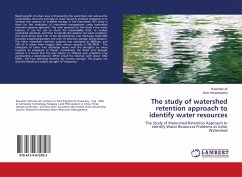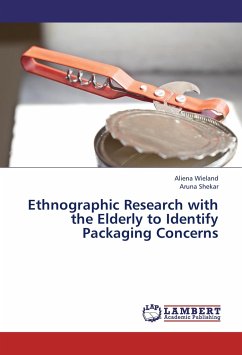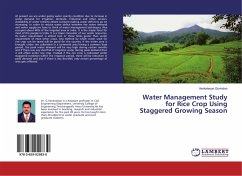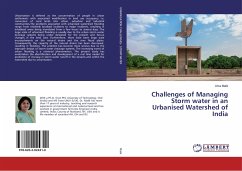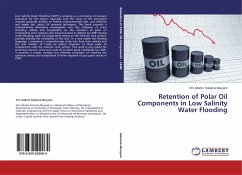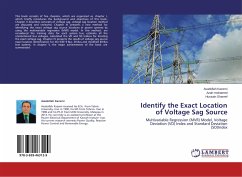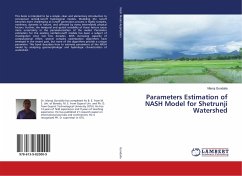Rapid growth of urban area is threatening the watershed and reduces the sustainability. Since the principle of water quantity problem mitigation is to increase the capacity of available storage in the watershed, this study is done for the evaluation of watershed management using watershed retention capacity approach. The main approach of this study is the water balance. It use for use to check the reasonability data, to analyze watershed retention, and then to identify the solution for water problems. The result shows that 31% of the total becomes river discharge while 68% becomes evapotranspiration and only 1% becomes storage (groundwater). The Johor watershed retention capacity was calculated as 3885mm, and 14% of it comes from Linggui Dam, whose capacity is 760 MCM . The histogram of Johor river discharge shows that the droughts are more frequent as compared to floods. Considering the flood and drought volume it is found that the best option to mitigate such problems is by constructing a dam/reservoir. When install the reservoir with about 1462 MCM , the river discharge become the moving average. This project can stop the floods but reduce drought %7 frequency.

